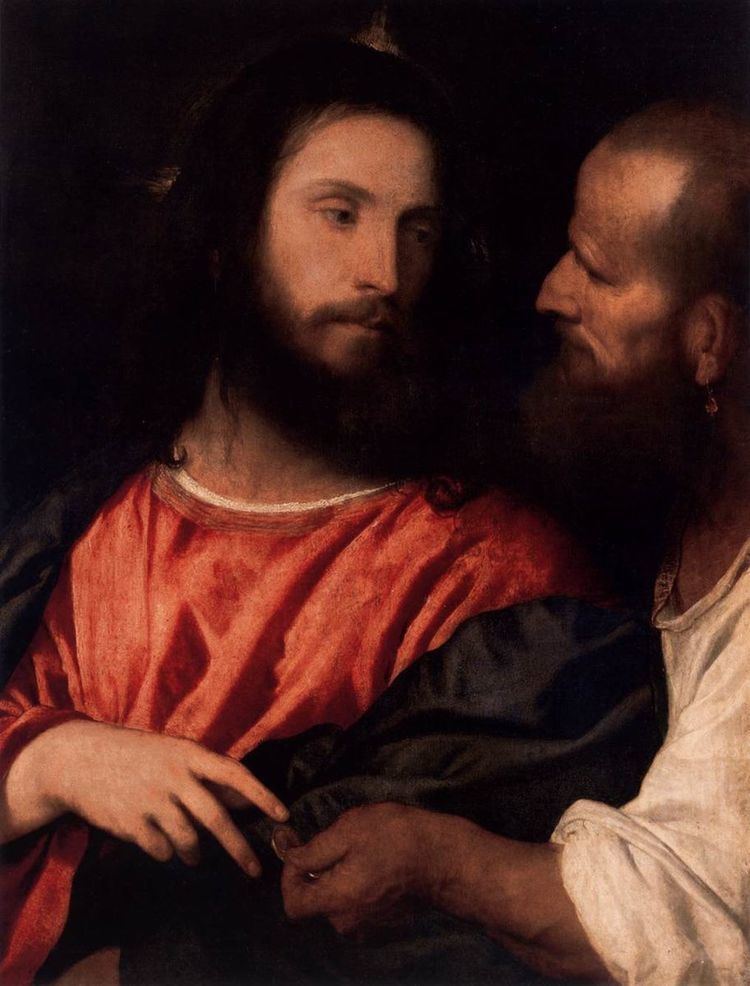Movements 6 | Cantata text Christoph Birkmann | |
 | ||
Vocal soprano soloSATB choir | ||
Falsche Welt, dir trau ich nicht (False world, I don't trust you), BWV 52, is a church cantata by Johann Sebastian Bach. He composed the solo cantata for soprano in Leipzig for the 23rd Sunday after Trinity and led the first performance on 24 November 1726.
Contents
History and words
Bach composed the cantata, a solo cantata for a soprano, in 1726 in Leipzig for the 23rd Sunday after Trinity. The prescribed readings for the Sunday were from the Epistle to the Philippians, "our conversation is in heaven" (Philippians 3:17–21), and from the Gospel of Matthew, the question about paying taxes, answered by "Render unto Caesar..." (Matthew 22:15–22). The unknown poet takes from the gospel the idea that the world is false and that man should concentrate on God. He refers to the murder of Abner by Joab, described in 2 Samuel 3:27, as an example for the world's falseness. The closing chorale is the first verse of Adam Reusner's "In dich hab ich gehoffet, Herr" (1533). The beginning line is the last idea of the "Te Deum". Bach used verse 4 of the chorale, "Mir hat die Welt trüglich gericht't", in his St Matthew Passion.
Bach first performed the cantata on 24 November 1726.
Scoring and structure
The cantata in six movements is scored for a soprano soloist, a four-part choir (only for the final chorale), two horns, three oboes, bassoon, two violins, viola, and basso continuo.
- Sinfonia
- Recitative: Falsche Welt, dir trau ich nicht
- Aria: Immerhin, immerhin, wenn ich gleich verstoßen bin
- Recitative: Gott ist getreu
- Aria: Ich halt es mit dem lieben Gott
- Chorale: In dich hab ich gehoffet, Herr
Music
The cantata is set for just one singer, but the instrumentation is rich. Similar to other cantatas of the later Leipzig period, Bach used an instrumental movement from an earlier period as a sinfonia, in this case the music best known as the opening of the first Brandenburg Concerto. This version of the concerto, dominated by horns and oboes, is similar to the sinfonia BWV 1046a (without a violino piccolo and assumed to be an early version of the Brandenburg Concerto).
In the first aria the soprano is accompanied by two violins, in the second aria of dance character, by three oboes.
The two horns of the sinfonia return in the closing chorale, horn 1 supporting the soprano, horn 2 playing a fifth part.
